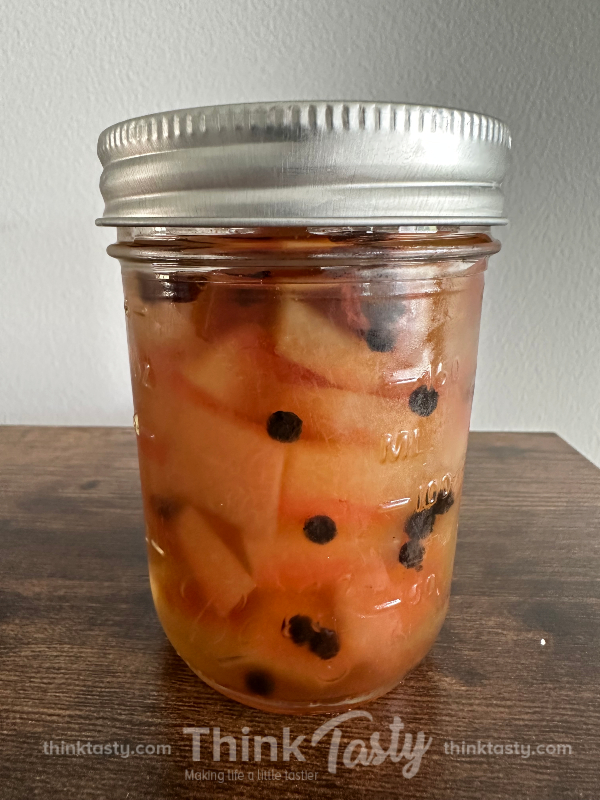 I don’t make potato salad all that often. When I do, I’m never sure which potatoes are best for it. Do you have a recommendation?
I don’t make potato salad all that often. When I do, I’m never sure which potatoes are best for it. Do you have a recommendation?
It’s simple. Just remember to never use an Idaho, russet, or other kind called a baking potato. Those varieties are high in starch compared to red (like Red Bliss) and long white boiling (aka California whites) potatoes. In addition to the total starch content, the size of the starch granules is bigger in baking varieties, too.
What does this mean when you cook a potato? When heated, those starch granules absorb moisture and swell. When those swollen cells separate and become dry and mealy, because they’re larger and more plentiful in baking potatoes, they’ll absorb more moisture than a lower–starch variety. That’s what makes a good baked potato soak up all that butter and sour cream; have you ever noticed how no matter how much you put on there, it still looks like the potato could use more?
But you don’t want potatoes that fall apart, lose their shape, and soak up a lot of moisture in a potato salad. So pick a low-starch variety like the Red Bliss or California white. Regardless of the kind of salad you’re making, they’ll absorb less of the dressing and the salad won’t turn into a glob that looks more like mashed potatoes.
Gold potato varieties like Yukon Gold, considered to be medium-starch, are a compromise. High enough in starch to make decent mashed potatoes, they’ll also work for salads. The little ones called “creamers” are especially nice. While they became popular for their rich taste, there are also those who say their yellow flesh makes them look buttery, so less butter and milk or cream are needed to make them seem rich. Me, I prefer true baking potatoes for mashies, and appreciate the way they soak up the goodies.
What about new potatoes? Sometimes people call any little potato a new potato. You have to be careful; what are called new potatoes often aren’t. A new potato is one which has been harvested early in the season (which is why it’s little) and recently harvested. If it’s been sitting around for more than about two weeks, it’s no longer a new potato. You can tell by the skin. If it’s truly a new potato, the skin will be extremely thin and fragile; you can rub it off with your fingers. Save these treasures, most likely found at farmers’ markets, for boiling or steaming.
And if you’re not sure what you have? Here’s a tip from Shirley Corriher’s book Cookwise: To estimate the starch content of potatoes, put them in a brine made of 1 cup salt and 11 cups water. Those that float will contain less starch.




